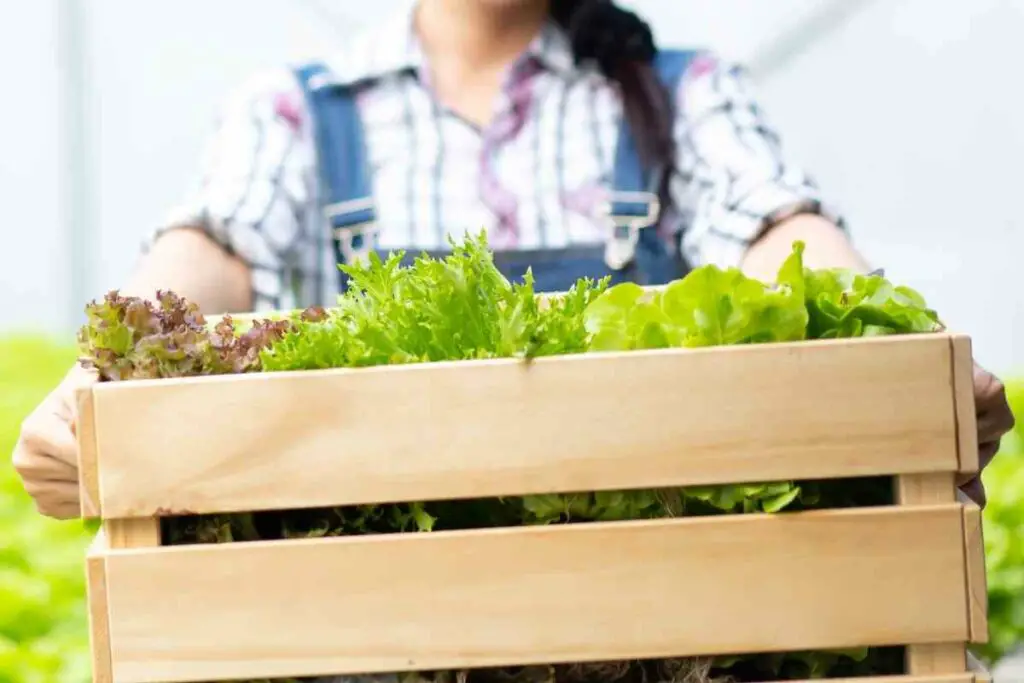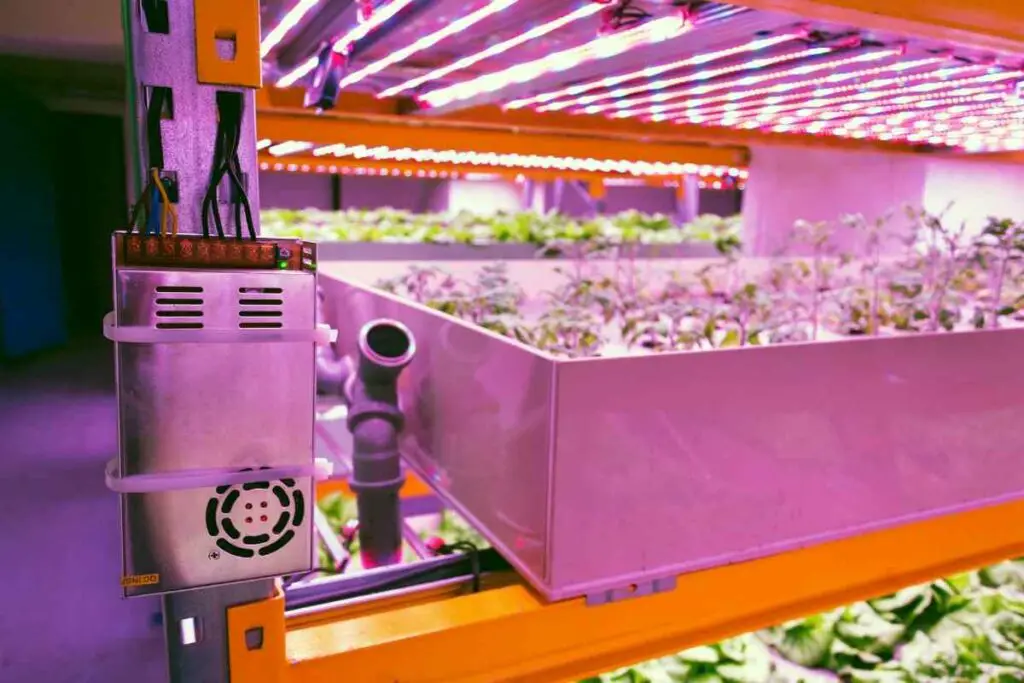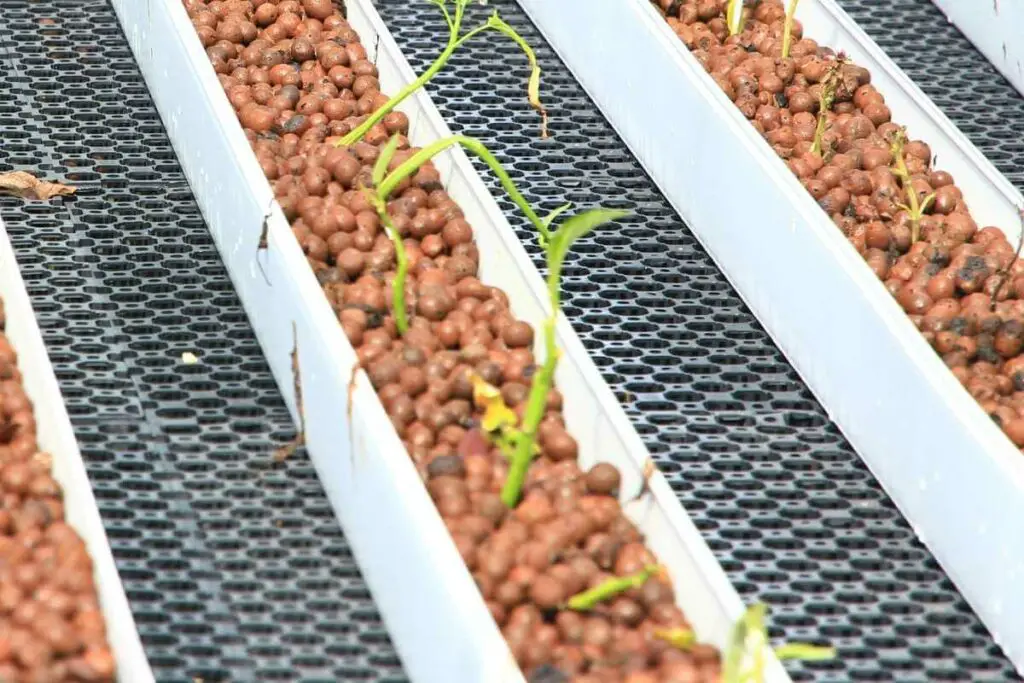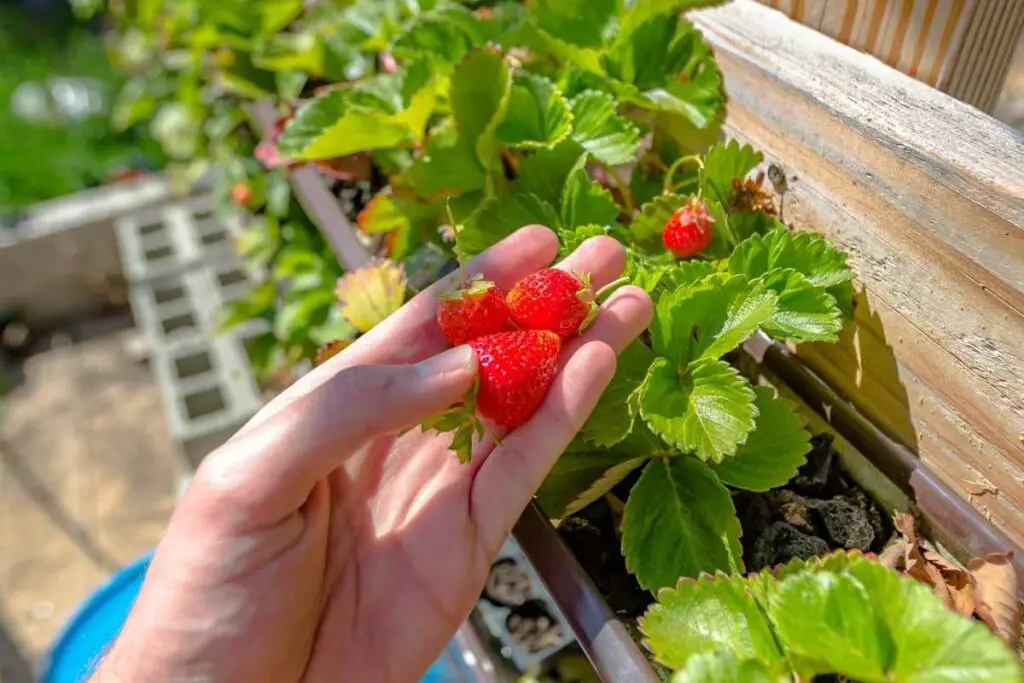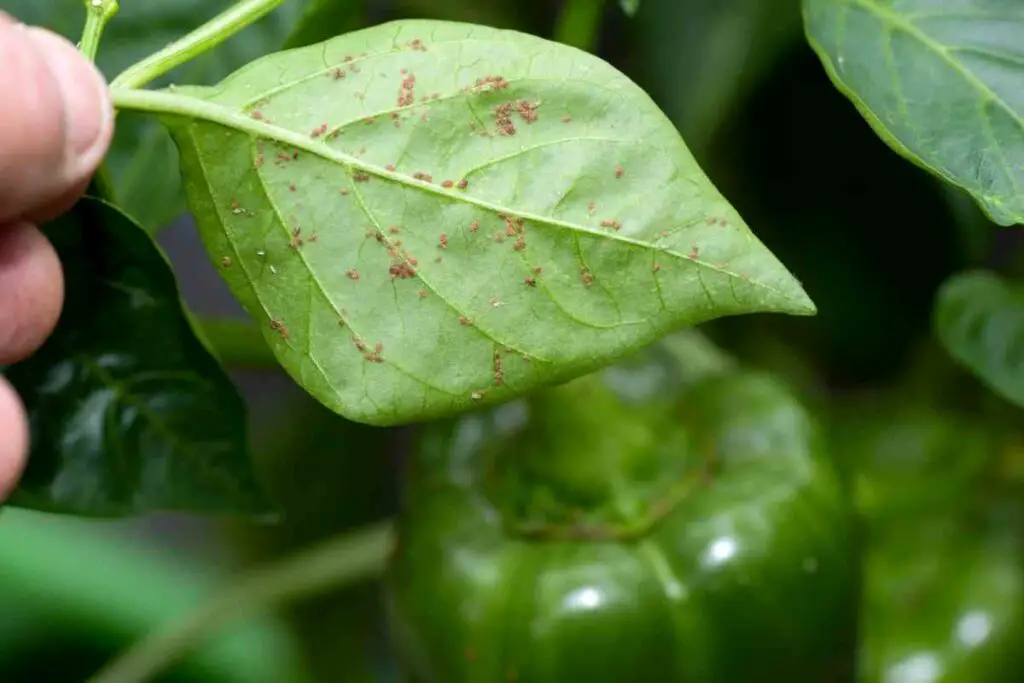Hydroponics and smart, in-home gardening systems are becoming all the rage.
It stands to reason that aquaponics, a variation of hydroponics combined with aquaculture, would join the parade of DIY home gardening as well.
Not only can you use an aquarium to establish an aquaponics project in your home, but the argument can be made that it’s one of the best ways to do so. You get the best of both worlds with a variety of beautiful fish and a self-contained, gardening system.
Aquaponics doesn’t quite get the attention it deserves, especially with the growth of DIY hydroponics and smart gardening systems.
Roughly 33 million people, in North America alone, own fish. That’s a huge potential consumer base to target with aquaponics solutions.
How to Turn Your Aquarium into an Aquaponics System
To turn your aquarium into an aquaponics system, you’ll need an aquarium, first and foremost, a styrofoam “raft,” PVC tubing (alternative), and a media bed (alternative). All three methods require a pump and their own, different materials.
We’re listing “alternatives” here because there are essentially three methods from which you can either draw inspiration or use, as a direct, guided method, to build your aquaponics system.
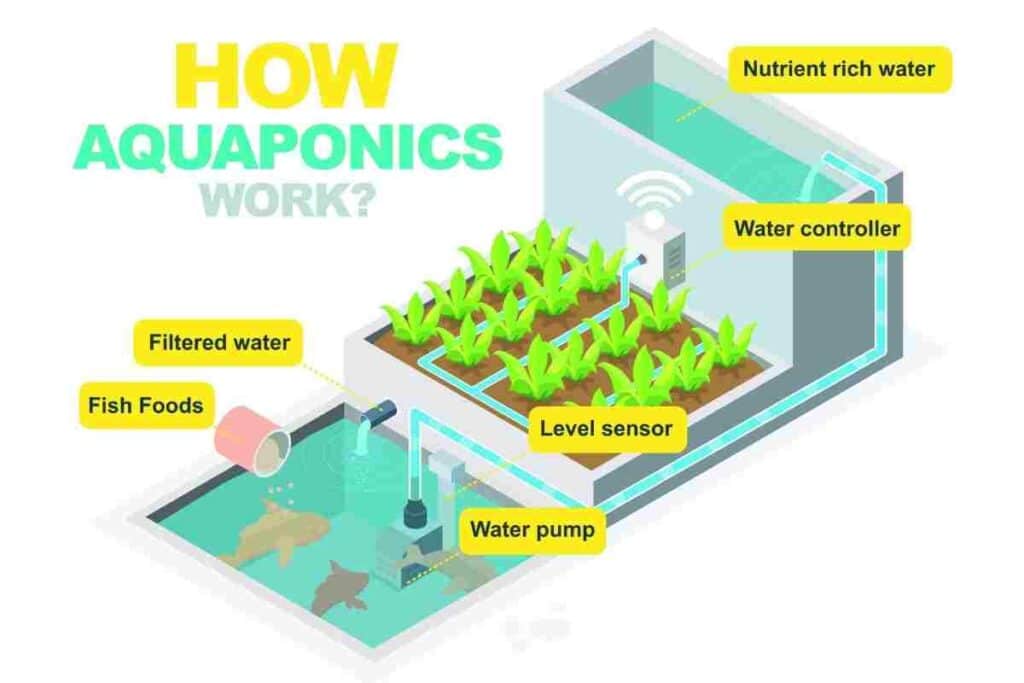
There are three different ways you can build your aquaponics system.
The freedom of creativity is all yours, so long as you follow the basic principles of how an aquaponics system works (which will be detailed in the methods).
- The Floating Styrofoam Method: You’ll use afoam raft to sit on top of the water.
- The PVC Method: Similar to a hydroponics system with PVC serving as the bed for your plants.
- Media Bed Method: Water is delivered in a circular system via a pump, with a media bed of pebbles where your plants will grow.
If your creative juices are flowing, you’re already thinking about all the vast, architectural designs you can come up with to make these methods work.
Keep in mind, the larger the system, the more variety of better and larger plants you can grow.
If there’s one thing negative that can be said about aquaponics, it’s that you’re never going to grow much more than herbs and spices with a 20-gallon tank.
Do you want cucumbers? Well, you’re going to have to go bigger.
The Floating Styrofoam Method
This is called a “deep water culture” setup and involves placing a foam platform directly over the water in your aquarium, allowing the roots of your future plants to hang down into the aquarium water.
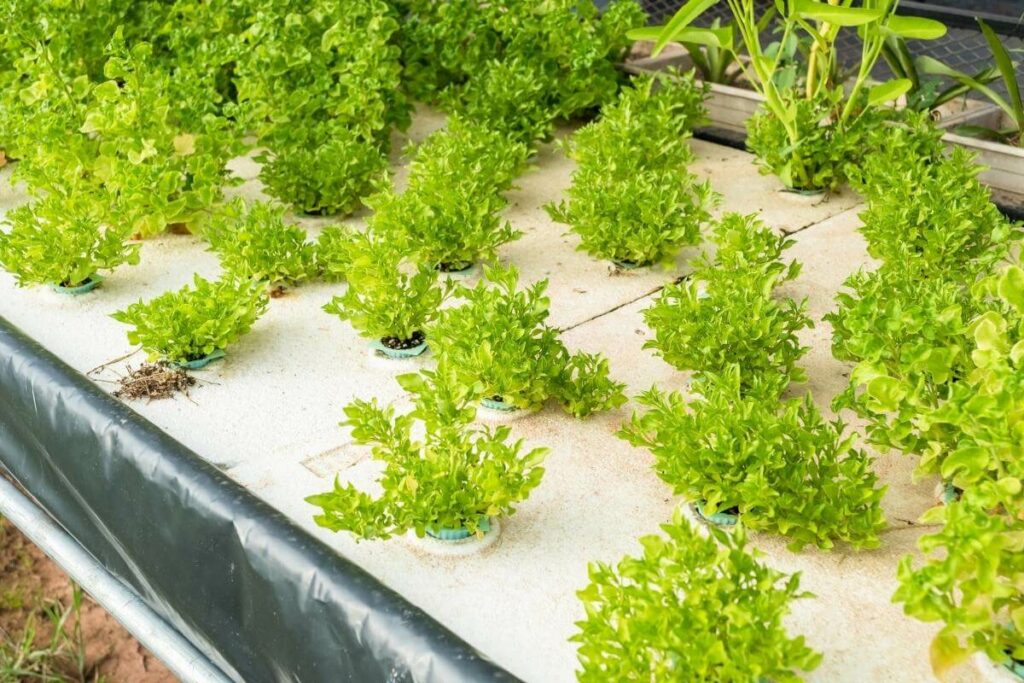
You’ll need the following items:
- Aquarium
- Air Stone
- Air Pump
- Nutrient Solution (Water)
- Styrofoam/Platform/Raft
- Net Pots
Your net pots will sit in the styrofoam raft, in little holes (you’ll have to make the holes) so that the plants can access the water:
- Fill your aquarium to the top with less than half an inch of clearance.
- Place your air stone in the water and hook it up to the pump.
- Fill your water with hydroponic nutrients and bring the pH level down to 5.5 – 6.0.
- Place your top and add the plants you want to grow into the net pots and fit them into the holes cut into the styrofoam.
Keep in mind that since there is no root support, as the roots are growing in water rather than soil, you’ll only be able to grow light plants with this method.
Be Aware: Nothing that grows tall will work. Lettuce and various herbs or spices are perfect in a deep water culture system.
The PVC Method
The system is more scientifically known as the nutrient film system and is most often the system that is used for standard hydroponics.
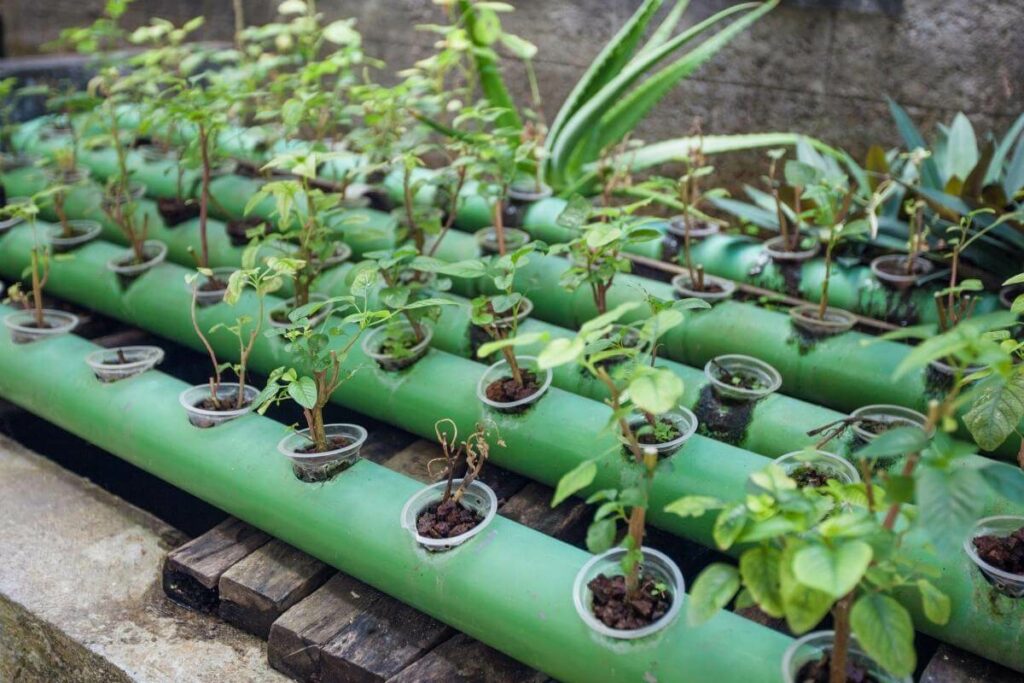
To convert your aquarium into a nutrient film, aquaponic system, it will take a very similar setup as the Deep Water Culture, with some important changes.
Gravity is your friend with this method.
Along with an air pump and stone, you’ll also use a water pump, since your plant holder won’t settle on top of the water and you’ll need a means from which to pump water up and out of the aquarium and to your plants.
Gravity takes care of the rest.
You’ll set your piping system up above your aquarium at a 5% angle so that the water that flows up and into your pipes/tray will trickle down to the other side and back into the aquarium.
- Aquarium
- Air Stone and Air Pump
- Water Pump
- PVC pipe or Plastic Tray
- Net Pots
On one side of the aquarium, you’ll place your water pump in the water, down to the bottom of the aquarium with the outlet pipe running up to your tray or piping that holds your plants.
Remember: The air pump remains outside of the aquarium, with the stone in the water to continuously supply oxygen.
Media Bed Method
This will work with the same, exact setup as with the PVC.
The only difference is that you will replace the PVC or tray with a media bed, filled with gravel, pond stones, or clay pebbles.

Beginners are advised to make their media bed the same length and width as the aquarium:
- Aquarium
- Media Bed (Same Width and Length as the Aquarium)
- Water Pump
- Air Pump with Air Stone
- PVC for the Drain
Place your media bed at the waist to chest level with the aquarium at or close to the ground.
The water pump from the aquarium will transfer water up and into the media bed, where the plants can access it before it drains out the other end.
You can slightly angle the media bed to help with drainage, but not so much that the water moves through too quickly.
Since the size, weight, and physical limitations of a media bed make it difficult for gravity drainage, drill a hole, low and on the side, with PVC to carry the water down and back into the aquarium.
What Can You Grow with Aquaponics Using an Aquarium?
Size is a limitation as well as the type of Aquaponics system you decide to go with. With a media bed, you’re only as limited as the size of the setup. Otherwise, you can grow just about anything.
With the nutrient film and deep water culture methods, you have to stick with smaller vegetables that don’t grow tall or are very large.
The constraints of gravity are what they are and tall-growing plants won’t have the level of anchor their roots need to hold them up.
Your scope is a little wider with a nutrient film/PVC method, depending on how large your tray or PVC pipe is.
With a media bed, you’re only limited by the scope and size of your setup.
Since aquariums get quite expensive the larger they get, you might consider a transparent container such as Tupperware.
Last But Not Least
You’re aquarium and aquaponics setup is only limited by your imagination.
Would you prefer five or six rows of PVC with split inlet and outlet pipes? Go for it.
How about a media bed, full of pond stones with an inlet pipe masked as a miniature waterfall? That’s entirely up to you.
Many people just stick with Tupperware, and effectively but ultimately mundane setups.
However, if you’re looking to use an aquarium, then aesthetics is probably a part of the plan for you and ultimately, you’re aquaponics system can be perfectly tailored to your creativity.

